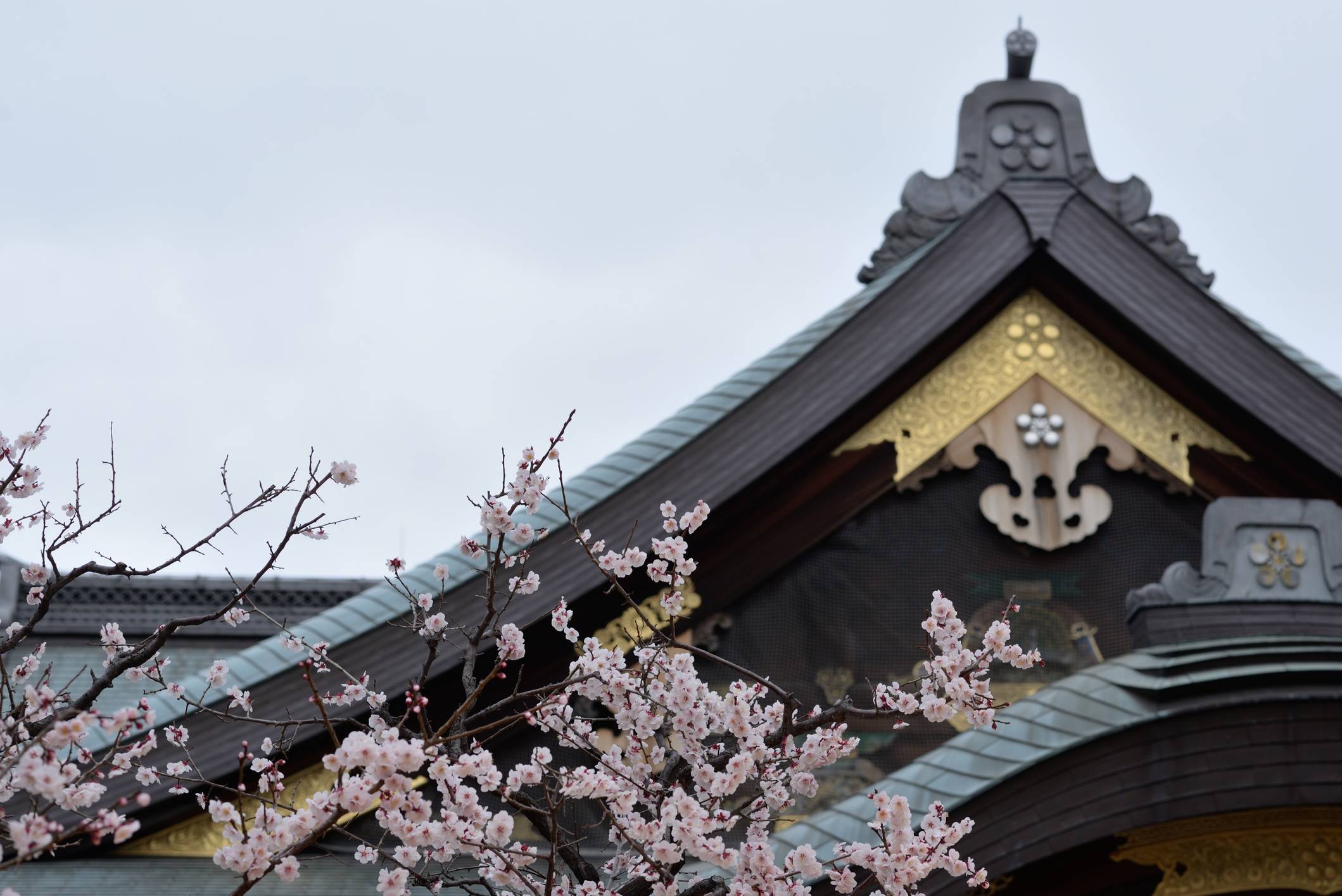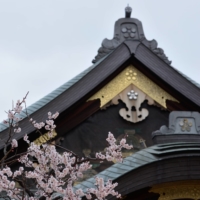Ralph Adams Cram’s focus on traditional architecture, with design principles still relevant today, explains why his book “Impressions of Japanese Architecture,” first published in 1905, has stood the test of time.
So how did Cram’s text become a classic? It helps being the first. Although there was interest in the Japanese arts at the time, Cram was the first Westerner to produce a comprehensive title in English on the country’s traditional wooden architecture.
An astute writer and also a well-known architect in his own right, Cram’s work is a tribute to Japan’s master carpenters, capable of turning their hands as easily to the construction of modest private residences and farmhouses as magisterial religious structures. As the materials required to create both vernacular and sacred buildings, such as quality wood, tile and copper, have become more expensive over time, Cram’s record of the designs he studied has become increasingly valuable as well.
The New Hampshire native understood that while the merits of traditional Japanese architecture could stand alone, the summation of functional design with a trove of decorative and symbolic arts amounted to an incomparable heritage.
An authority on Western architecture, Cram takes a slightly less informed look at temple gardens, succumbing to the surface enchantments of Japanese landscaping at the expense of their more complex, underlining design principles. But even here, as the writer ponders the adaptable skills of the gardens’ creators, who are as capable of producing the most elaborate designs as they are the sparsest, there are insights.
“A Japanese gardener,” Cram writes, “can work with anything — or almost nothing.”




















With your current subscription plan you can comment on stories. However, before writing your first comment, please create a display name in the Profile section of your subscriber account page.